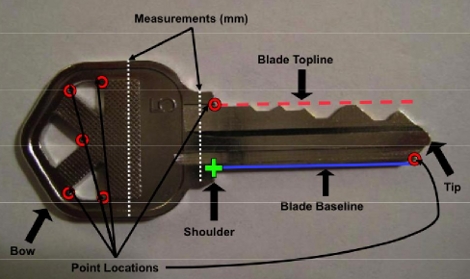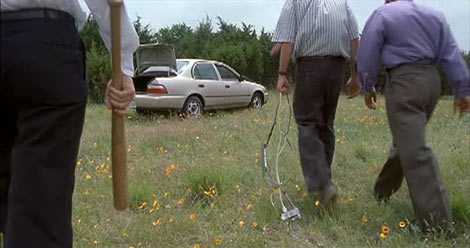[Ben] and his associates over at the University of California at San Diego came up with a way to duplicate keys using a picture of them. They developed an algorithm that uses measurements from known key blanks to extrapolate the bitting code. Because the software is measuring multiple points it can correct the perspective of the photo when the key is not photographed on a flat surface, but from an angle.
They went so far as to test with cell phone cameras and using a telephoto lens from 195 feet away. In most cases, correct keys were produced within four guesses. Don’t miss their wonderful writeup (PDF) detailing how key bitting works, traditional covert duplication methods, and all the details of their process. The lack of available code prevents us all from playing secret agent (or felon) with this idea but [Ben] did mention that if there is sufficient interest he might release it.
Lock bumping showed us how weak our security is, but this is a bit scary.
[Thanks Mike]
















